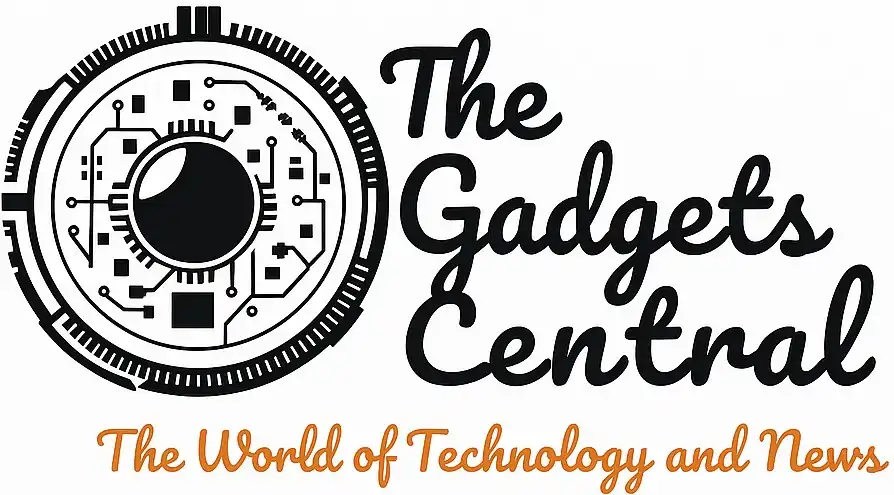Image Source: BBC
Protests in Los Angeles: Tensions Rise Amid Controversy
Amid ongoing unrest in Los Angeles, recent events surrounding immigration enforcement have drawn national attention. Thousands more troops were deployed to the LA area as protests intensified against President Donald Trump’s administration, marking a significant moment in American history with military involvement in domestic law enforcement like never before. Engagingly, the term “tarred and feathered” has resurfaced in discussions about punitive measures and civil dissent in this charged atmosphere.
Trump’s Controversial Deployment of Troops
California Governor Gavin Newsom criticized the deployment of approximately 4,700 National Guard troops and 700 US Marines to assist local law enforcement, calling it “the deranged fantasy of a dictatorial president.” This marked the first military deployment to a US city without gubernatorial approval since 1965, stirring up intense legal debates about state sovereignty and national authority.
The Trump administration’s actions followed a wave of protests that erupted after rumors of immigration raids targeting Latino neighborhoods surfaced. Local leaders have voiced that this excessive military presence was unnecessary, arguing that local law enforcement could manage the situation effectively. District Attorney Nathan Hochman reiterated this perspective, stating, “We have not reached the point where local law enforcement has got beyond its means to deal with the situation.”
Unrest and Responses
Protests erupted not only in Los Angeles but also spread to cities like New York, Philadelphia, and San Francisco. Despite the focused nature of the protests, incidents of looting and violence occurred, including assaults on police officers and destruction of property, such as vandalizing buildings and damaging vehicles. Law enforcement reported a staggering use of over 600 rubber bullets during the protests.
- Protesters blocked major freeways.
- Demonstrators threw rocks and other projectiles at police.
- Multiple instances of arson were reported, including the torching of self-driving cars.
In response to the chaos, Trump asserted that the deployment prevented the city from “burning down,” claiming it was a necessary measure to maintain order. His comments prompted further discussions about law enforcement practices and military involvement in civil disturbances.
Legal Challenges and Political Ramifications
The ongoing tensions have led to lawsuits from Governor Newsom, asserting violations of constitutional rights by deploying military forces without state consent. Newsom has stated the troop presence represents a step towards authoritarianism, while Trump’s administration has maintained that these measures are part of a broader initiative to handle illegal immigration effectively.
To add to the conflict, recent polling indicates that public sentiment may be divided. A poll conducted previously showed a slim majority supporting Trump’s deportation policies while approval ratings for his handling of immigration fluctuate. This duality showcases the complexities within public opinion on this hot-button issue.
The Legacy of Protests in the U.S.
As protests continue, particularly focusing on immigration issues, the historical context of public dissent comes into play. The phrase “tarred and feathered” reflects not just physical punishment but serves as a metaphorical symbol in American culture for public humiliation and justice sought through social action. Understanding the implications of recent events through a historical lens may provide insights into the trajectory of civil rights movements and government accountability in contemporary America.
Conclusion: A Divided Nation
The protests in Los Angeles have garnered widespread attention, shining a spotlight on immigration policies and the role of the military within domestic affairs. Only time will tell how these events will unfold, but they undoubtedly mark a critical chapter in discussions about civil rights, state sovereignty, and government authority.
FAQ
What caused the protests in Los Angeles?
The protests were triggered by the surfacing of immigration raids targeting Latino communities and the subsequent deployment of National Guard troops by President Trump.
What actions are being taken against the protesters?
Authorities have reported arrests for various charges, including assault on police officers and looting, amidst the unrest connected to the immigration raids.
How does the term “tarred and feathered” relate to these protests?
The term symbolizes a historical form of public punishment and reflects societal views on justice and dissent, paralleling the actions taken by protesters in responses to government actions.
What legal challenges are California officials pursuing?
California Governor Gavin Newsom has filed lawsuits against the federal government, arguing that the deployment of troops infringes on state sovereignty and violates constitutional rights.
What is the public opinion regarding Trump’s immigration policies?
Polling indicates that public sentiment regarding Trump’s immigration policies is divided, with a slight majority showing approval for his deportation strategies but lower ratings on other issues.
